The Psychology of the City Beautiful Movement
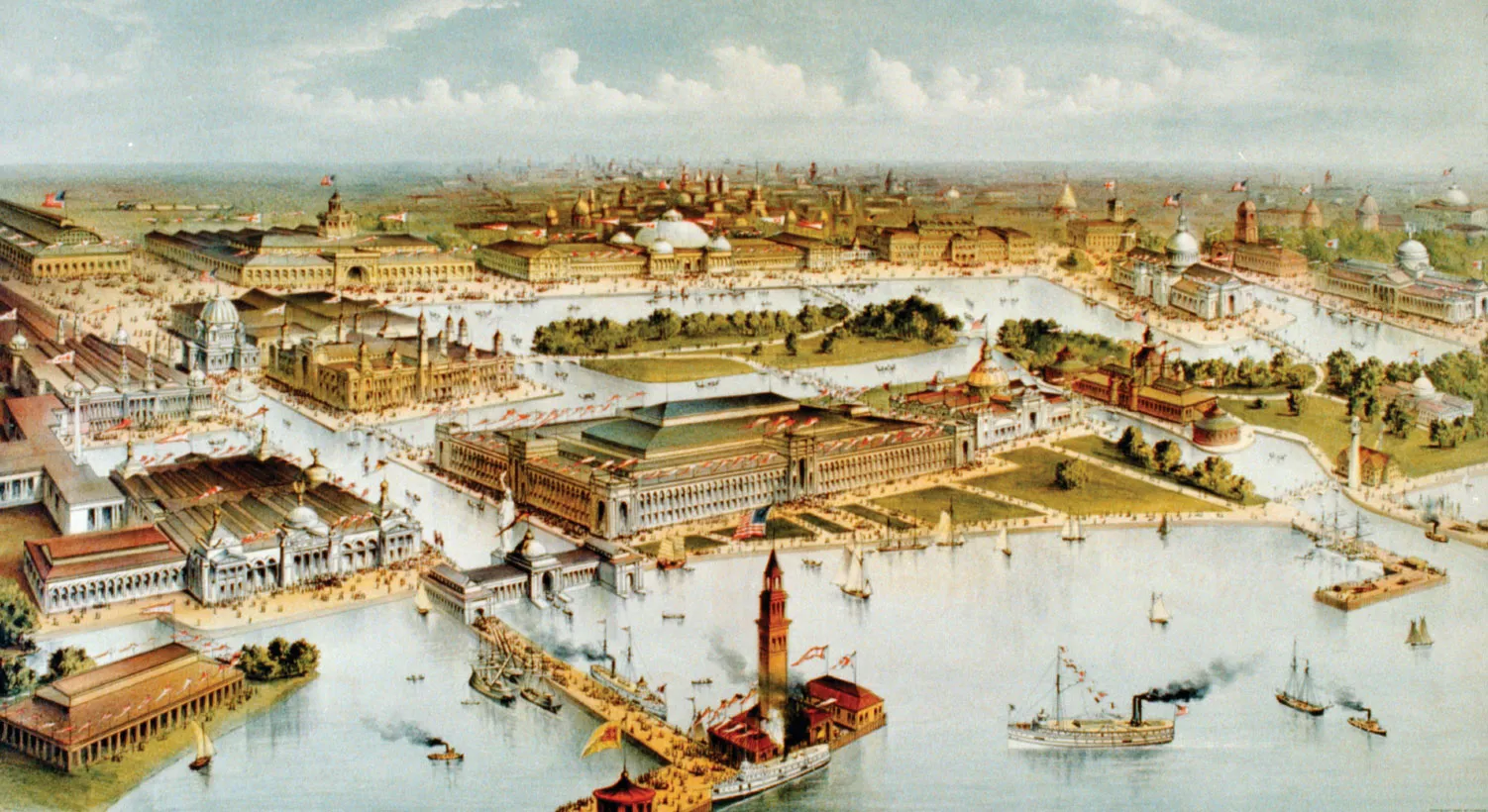
What was the City Beautiful Movement?
The City Beautiful Movement, flourishing from the 1890s to the 1920s, was a transformative urban planning philosophy that swept across North America. This movement sought to introduce beautification and monumental grandeur in cities, driven by the belief that aesthetic improvements could foster a harmonious social order and elevate civic virtue. By reimagining urban spaces as grand, ordered environments, the City Beautiful Movement aimed to address the myriad problems associated with rapid industrialization and urbanization.
Cultural, Technological, and Political Context
The rise of the City Beautiful Movement can be attributed to several key factors. The late 19th century saw unprecedented growth in cities, leading to overcrowding, poor sanitation, and social unrest. This rapid urbanization coincided with the Progressive Era, a period of widespread social activism and political reform in the United States that provided fertile ground for urban improvement initiatives. The World’s Columbian Exposition of 1893 in Chicago, with its “White City,” showcased the potential for urban beautification and inspired many planners and civic leaders. Advancements in civil engineering, including new technologies in transportation, sanitation, and construction, enabled more ambitious urban projects. The rise of the middle class led to increased demands for better urban amenities and living conditions, driving support for civic improvements. Large-scale immigration waves sparked concerns about assimilation and American identity, spurring efforts to create a unified urban aesthetic. Finally, the accumulation of wealth from industrialization provided funding for grand civic projects and attracted philanthropic support.
Rapid urbanization:
The late 19th century saw unprecedented growth in cities, leading to overcrowding, poor sanitation, and social unrest.
Progressive Era reforms:
This period of widespread social activism and political reform in the United States provided fertile ground for urban improvement initiatives.
World’s Columbian Exposition of 1893:
This event in Chicago, with its “White City,” showcased the potential for urban beautification and inspired many planners and civic leaders.
Advancements in civil engineering:
New technologies in transportation, sanitation, and construction enabled more ambitious urban projects.
Rise of the middle class:
A growing middle class demanded better urban amenities and living conditions, driving support for civic improvements.
Immigration waves:
Large-scale immigration led to concerns about assimilation and American identity, spurring efforts to create a unified urban aesthetic.
Industrial wealth:
The accumulation of wealth from industrialization provided funding for grand civic projects and attracted philanthropic support.
Innovations and Characteristics
The City Beautiful Movement introduced several innovative approaches to urban planning. It emphasized comprehensive city planning, developing holistic visions for entire cities rather than piecemeal improvements. The creation of civic centers – centralized complexes of public buildings – was intended to foster civic pride and engagement. Parkway systems, consisting of networks of tree-lined boulevards connecting parks and public spaces, became a hallmark of the movement. City-scale Beaux-Arts architecture applied principles of classical design to entire urban landscapes. The integration of nature was prioritized, with parks, gardens, and water features incorporated into urban design. Monumental vistas using long, straight avenues created dramatic views of important buildings. Public art programs integrated sculptures, fountains, and murals into urban spaces, further enhancing the aesthetic appeal of cities.
The City Beautiful Movement introduced several innovative approaches to urban planning:
- Comprehensive city planning: Developing holistic visions for entire cities rather than piecemeal improvements.
- Civic centers: Creating centralized complexes of public buildings to foster civic pride and engagement.
- Parkway systems: Designing networks of tree-lined boulevards connecting parks and public spaces.
- City-scale Beaux-Arts architecture: Applying principles of classical design to entire urban landscapes.
- Integration of nature: Incorporating parks, gardens, and water features into urban design.
- Monumental vistas: Using long, straight avenues to create dramatic views of important buildings.
- Public art programs: Integrating sculptures, fountains, and murals into urban spaces.
Key Innovators
Several visionaries played crucial roles in shaping and promoting the City Beautiful Movement. Daniel Burnham, chief planner of the World’s Columbian Exposition and author of the influential 1909 Plan of Chicago, was a central figure. Frederick Law Olmsted, the renowned landscape architect, designed many urban parks and parkway systems, including Central Park in New York City. Charles Mulford Robinson, a journalist and urban planning theorist, popularized City Beautiful ideas through his writings. Arnold Brunner developed City Beautiful plans for Cleveland and Baltimore, while John Nolen applied the movement’s principles to smaller cities across America. Edward H. Bennett co-authored the Plan of Chicago and planned for many American cities. George E. Kessler designed park and boulevard systems in numerous Midwestern cities, further expanding the movement’s reach.
- Daniel Burnham: Chief planner of the World’s Columbian Exposition and author of the influential 1909 Plan of Chicago.
- Frederick Law Olmsted: Landscape architect who designed many urban parks and parkway systems, including Central Park in New York City.
- Charles Mulford Robinson: Journalist and urban planning theorist who popularized City Beautiful ideas through his writings.
- Arnold Brunner: Architect who developed City Beautiful plans for Cleveland and Baltimore.
- John Nolen: Landscape architect and planner who applied City Beautiful principles to smaller cities across America.
- Edward H. Bennett: Co-author of the Plan of Chicago and planner for many American cities.
- George E. Kessler: Landscape architect who designed park and boulevard systems in many Midwestern cities.
Related Urban Planning Movements
The City Beautiful Movement existed alongside and interacted with several related urban planning philosophies. The Garden City Movement, conceived by Ebenezer Howard, envisioned self-contained communities surrounded by greenbelts. The Parks Movement drove the creation of urban parks for public health and recreation. Progressive Era Reforms addressed broader social and political issues stemming from industrialization. Beaux-Arts Architecture heavily influenced City Beautiful aesthetics. The City Efficient Movement focused on functional efficiency in urban planning, while the Civic Art Movement emphasized integrating art into public spaces. The American Renaissance celebrated classical influences in American art and architecture, providing a broader cultural context for the City Beautiful Movement.
- Garden City Movement: Ebenezer Howard’s vision for self-contained communities surrounded by greenbelts.
- Parks Movement: The drive to create urban parks for public health and recreation.
- Progressive Era Reforms: Broader social and political reforms aimed at addressing problems of industrialization.
- Beaux-Arts Architecture: The architectural style that heavily influenced City Beautiful aesthetics.
- City Efficient Movement: A parallel movement focusing on functional efficiency in urban planning.
- Civic Art Movement: Emphasis on integrating art into public spaces.
- American Renaissance: The broader cultural movement celebrating classical influences in American art and architecture.
Lasting Influence and Modern Context
The City Beautiful Movement has left an indelible mark on many North American cities. Its emphasis on civic centers, grand public spaces, and integrated park systems can still be seen in cities like Washington D.C., Chicago, and Denver. While the movement’s top-down, monumental approach has fallen out of favor, many of its principles continue to influence urban planning. In the modern context, the movement’s focus on the power of design to shape social behavior and foster civic pride resonates with current interests in placemaking and the creation of vibrant public spaces. However, contemporary planners tend to prioritize community engagement and bottom-up planning processes, in contrast to the more paternalistic approach of the City Beautiful era. The movement’s emphasis on integrating nature into urban environments aligns with current sustainability efforts and the growing recognition of the importance of green spaces for public health and wellbeing. However, modern approaches tend to focus more on ecological function and accessibility rather than purely aesthetic considerations.
Criticisms
Despite its influential legacy, the City Beautiful Movement faced several criticisms:
- Elitism: Critics argued that the movement prioritized monumental beauty over addressing the real needs of urban residents, particularly the poor.
- Displacement: Large-scale urban redesigns often resulted in the displacement of existing communities, particularly minority and immigrant neighborhoods.
- Cost: The grand projects advocated by the movement were often extremely expensive, diverting resources from other urban needs.
- Lack of functionality: Some argued that the focus on aesthetics came at the expense of practical urban planning considerations.
- Environmental determinism: The movement’s belief that beautiful surroundings would automatically lead to social improvement was seen as overly simplistic.
Ego Perspective: Assertions and Insecurities
The City Beautiful Movement asserted a belief in the power of environmental design to shape human behavior and social outcomes. It projected an image of civic pride, cultural sophistication, and faith in progress. The movement’s grand visions asserted America’s growing global importance and cultural ambitions.
However, the movement also revealed certain cultural insecurities. The emphasis on monumental, European-inspired design reflected anxieties about America’s perceived lack of cultural refinement compared to Old World cities. The movement’s focus on order and cleanliness betrayed fears about social unrest and moral decay in rapidly growing, diverse urban populations.
The grand scale of City Beautiful projects might also be interpreted as compensating for insecurities about the chaotic, unplanned growth of American cities during rapid industrialization.
Jungian Depth Psychology Analysis
From a Jungian perspective, the City Beautiful Movement can be interpreted as an expression of several archetypes:
- The Great Mother: Nurturing urban environments to care for citizens.
- The Hero: Embodying collective aspirations for civic greatness.
- The Sage: Seeking wisdom through ordered, harmonious environments.
- The Creator: Manifesting grand visions of urban perfection.
- The Ruler: Imposing order and hierarchy on the urban landscape.
These archetypes reflect the movement’s attempt to create an idealized urban environment that could shape and elevate the collective psyche. The City Beautiful Movement can be seen as a collective effort to manifest the archetype of the ideal city, addressing the psychological need for order, beauty, and meaning in the face of rapid urban change.
The City Beautiful Movement represents a significant chapter in the history of urban planning, embodying both the aspirations and anxieties of its era. While its grand, top-down approach has been largely superseded by more participatory planning methods, its core belief in the power of the built environment to influence social behavior and foster civic pride continues to resonate.
As we reflect on this movement, we can appreciate its ambitious vision while also recognizing its limitations and the valuable lessons it offers for contemporary urban planning. The ongoing challenge of creating cities that are not only beautiful but also equitable, sustainable, and responsive to community needs remains at the heart of urban design discourse, a legacy that can be traced back to the ideals and contradictions of the City Beautiful Movement.
Bibliography
Art Deco
- Bayer, P. (1999). Art Deco Architecture: Design, Decoration and Detail from the Twenties and Thirties. Thames & Hudson.
- Breeze, C. (2003). American Art Deco: Architecture and Regionalism. W. W. Norton & Company.
- Duncan, A. (1988). Art Deco. Thames and Hudson.
- Hillier, B. (1968). Art Deco of the 20s and 30s. Studio Vista.
- Striner, R. (1994). Art Deco: Polemics and Synthesis. Winterthur Portfolio, 29(1), 1-22.
City Beautiful Movement
- Peterson, J. A. (1976). The City Beautiful Movement: Forgotten Origins and Lost Meanings. Journal of Urban History, 2(4), 415-434.
- Wilson, W. H. (1989). The City Beautiful Movement. Johns Hopkins University Press.
- Hines, T. S. (1974). Burnham of Chicago: Architect and Planner. University of Chicago Press.
- Bluestone, D. M. (1988). Detroit’s City Beautiful and the Problem of Commerce. Journal of the Society of Architectural Historians, 47(3), 245-262.
- Scott, M. (1969). American City Planning Since 1890. University of California Press.
Neo-Modernism
- Jencks, C. (1987). Modern Movements in Architecture. Penguin Books.
- Frampton, K. (2007). Modern Architecture: A Critical History. Thames & Hudson.
- Ibelings, H. (1998). Supermodernism: Architecture in the Age of Globalization. NAi Publishers.
- Goldhagen, S. W., & Legault, R. (2000). Anxious Modernisms: Experimentation in Postwar Architectural Culture. MIT Press.
- Haddad, E. G., & Rifkind, D. (2014). A Critical History of Contemporary Architecture: 1960-2010. Ashgate.
Parametricism
- Schumacher, P. (2008). Parametricism as Style – Parametricist Manifesto. 11th Architecture Biennale, Venice.
- Carpo, M. (2013). The Digital Turn in Architecture 1992-2012. Wiley.
- Oxman, R., & Oxman, R. (2014). Theories of the Digital in Architecture. Routledge.
- Kolarevic, B. (2003). Architecture in the Digital Age: Design and Manufacturing. Spon Press.
- Lynn, G. (1999). Animate Form. Princeton Architectural Press.
Post-Digital Architecture
- Carpo, M. (2017). The Second Digital Turn: Design Beyond Intelligence. MIT Press.
- Spiller, N. (2008). Digital Architecture Now: A Global Survey of Emerging Talent. Thames & Hudson.
- Picon, A. (2010). Digital Culture in Architecture: An Introduction for the Design Professions. Birkhäuser.
- Retsin, G. (Ed.). (2019). Discrete: Reappraising the Digital in Architecture. John Wiley & Sons.
- Speaks, M. (2002). Design Intelligence and the New Economy. Architectural Record, 190(1), 72-79.
New Materialism in Architecture
- DeLanda, M. (2015). The New Materiality. Architectural Design, 85(5), 16-21.
- Oxman, N. (2010). Material-based Design Computation. PhD Thesis, MIT.
- Hensel, M., Menges, A., & Weinstock, M. (2010). Emergent Technologies and Design: Towards a Biological Paradigm for Architecture. Routledge.
- Addington, M., & Schodek, D. (2005). Smart Materials and New Technologies: For the Architecture and Design Professions. Architectural Press.
- Bennett, J. (2010). Vibrant Matter: A Political Ecology of Things. Duke University Press.
General Architectural Theory and History
- Frampton, K. (2007). Modern Architecture: A Critical History. Thames & Hudson.
- Jencks, C. (2002). The New Paradigm in Architecture: The Language of Post-Modernism. Yale University Press.
- Vidler, A. (2008). Histories of the Immediate Present: Inventing Architectural Modernism. MIT Press.
- Mallgrave, H. F., & Goodman, D. (2011). An Introduction to Architectural Theory: 1968 to the Present. Wiley-Blackwell.
- Nesbitt, K. (Ed.). (1996). Theorizing a New Agenda for Architecture: An Anthology of Architectural Theory 1965-1995. Princeton Architectural Press.
Read about the Psychology of Other Styles of Architecture
The Psychology of Architecture
The Psychology of Architecture

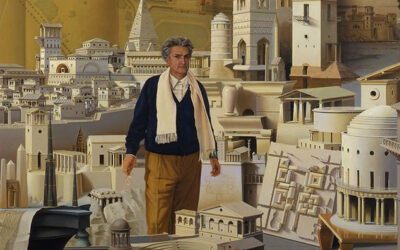
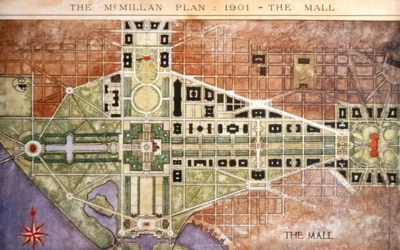









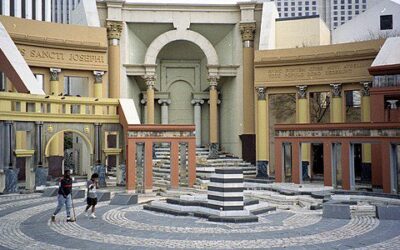
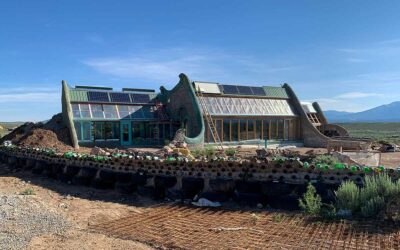
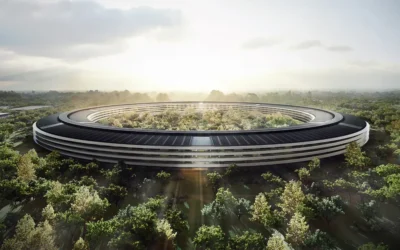
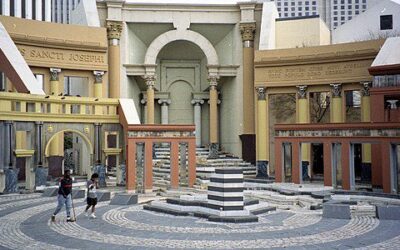
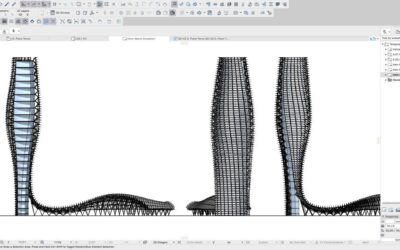
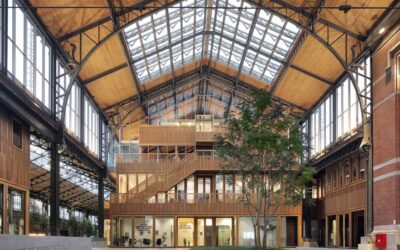


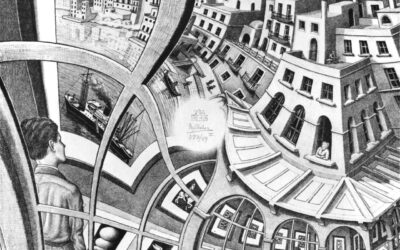

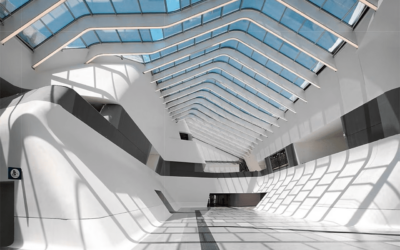

0 Comments